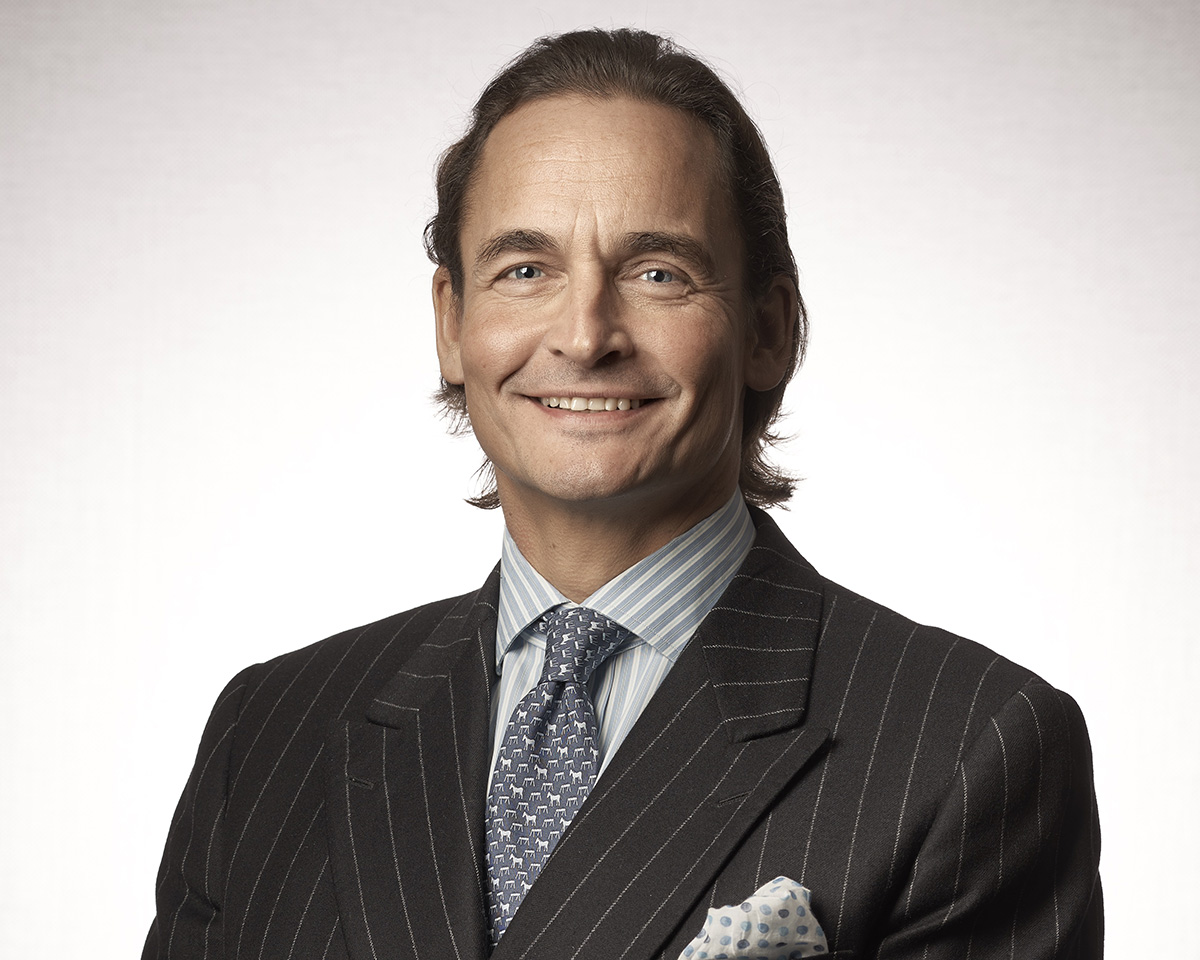
Dolphin Square, Dolphin House
Justin Travlos is Global Head of Responsible Investment at AXA IM Alts. His management of a diverse investment portfolio is governed by one underlying principle: all decisions are made in the context of understanding where risk is – from a sustainability standpoint. Here, Travlos speaks to Samantha Welsh about the growing importance of proptech, and why sustainable strategy should not be an exercise in cherry-picking ‘green’ assets but embedded across the entire portfolio

Justin Travlos
LUX: You have a track record in driving successful sustainability strategies. Where did this interest come from?
Justin Travlos: Sustainability has long been a personal interest, but it first intersected in a professional capacity in 2007, when I became the head of sustainability for the commercial property business at an Australian real estate investment trust. I worked with a brilliant team to create the foundations of a strategy that was both sustainable and able deliver returns, and is still relevant and performing today. That balance is fundamental. I’ve always seen myself at the nexus of real estate development and sustainability, and the opportunity that brings to make places more appropriate both for people and for the planet.
LUX: Where has AXA been particularly successful in managing buildings to sustainability targets?
Justin Travlos: Asset regeneration always provides a canvas to enable change, and scale helps overcome some of the complexity often associated with these projects. While meeting the latest sustainability credentials is much less complex in new builds, they often raise questions around embodied carbon. Ultimately, it is equally, if not more, important to regenerate existing assets: poor performance of existing stock is a key area of focus for government and regulators when addressing climate change, and thus a key area of transitional risk (and opportunity) for us as real estate investors. Moreover, investing across a diversified, global portfolio allows us to benefit from a number of emerging synergies.
Follow LUX on Instagram: luxthemagazine
LUX: AXA IM Alts is Europe’s biggest real estate manager by Assets Under Management (AUM). How do you evolve a best governance strategy for a diverse portfolio of this size?
Justin Travlos: Integration into our investment processes is the key to governance: it was important that our strategy didn’t just have one best-in-class green fund or asset to showcase, but was embedded across our entire portfolio and integral to every investment decision. We look at a broader sweep of both financial and non-financial considerations, and so long as those decisions are made in the context of understanding where risk is, from a sustainability perspective, then that’s the right conversation to have.
While our strategy will continue to evolve, particularly in terms of implementation, it is formed around three the key pillars of decarbonisation, resilience and building tomorrow. Decarbonisation is about reducing our carbon footprint in line with the Paris Agreement targets. Resilience is about understanding the physical and transitional risks of climate change on our assets. And looking at both of these creates insights that inform the types of assets that we regenerate and build – shaping our investments to become building blocks for the future.

22, Bishopsgate. Photo by Edmund Sumner
LUX: Is there variation in how regions adopt responsible investment strategies?
Justin Travlos: Yes, due to the different regulations and market practice in place across the globe. In the EU, businesses are now required to embed sustainability risk management into the investment process. AXA is now reaping the rewards from the groundwork that we laid down a long time ago. But our alignment to the regulatory environment in Europe will be subtly different to what is required in America or AsiaPac. The funds that we have in Australia, for example, are much further ahead in their adoption of ESG performance indicators because the market and its regulations governing environmental management and reporting are significantly advanced.
These strategies are also underpinned by data, much of which is still imperfect. As the dataset grows and visibility improves – and advances in technology will play a big part in this – the ability to finetune performance to reset those decarbonisation benchmarks to specific asset classes in specific countries will become invaluable. It will not only provide very clear targets for asset management teams but will provide a comparative global benchmark for measuring performance, something absent from most current sustainability reporting.
Read more: Standard Chartered’s Eugenia Koh on Next Gen Investors
LUX: To what extent are asset managers using proptech now?
Justin Travlos: There’s always been a rule of thumb that if you pick up an asset that’s just been managed in the day-to-day, you can almost guarantee a 20 to 30% improvement in energy efficiency, simply by utilising the latest technology – which is obviously a win-win because it doesn’t require huge amounts of cap expenditure but does generate savings and financial returns.
Ultimately, some building infrastructure and systems may still need an entire overhaul, but proptech will be integral to assets’ value proposition going forwards, as owners and occupiers ascribe greater value to the provision of these data points to achieve their ESG ambitions.

Forestry Investment, Australia
LUX: Are we collectively doing enough?
Justin Travlos: Looking forwards, I take some comfort from the fact that in just 18 months, humanity has produced not one but several vaccines to bring a population of 7 billion people back from a global pandemic. This shows what can be achieved and I hope against a backdrop of increasing evidence of the impact that climate change is having on the world that that the same sort of ingenuity, thinking and collective effort will prevail. Ultimately, the actions that we take now will have a fundamental impact on where we end up by the end of the century, which is why the urgency of this topic has become central to our approach to sustainability and responsible investment.
LUX: What advice do you have for next gen clients running a lens over family office real estate portfolios?
Justin Travlos: From an ESG perspective, there are three key questions. First, can profitability of the investment be decoupled from carbon? Second, is a change in physical risk going to limit either the operating days of the asset, or the available capital to acquire the asset at the end of the investment horizon? And third, how does the asset support its occupants?
Justin Travlos is Global Head of Responsible Investment at AXA Investment Managers Alts











Recent Comments